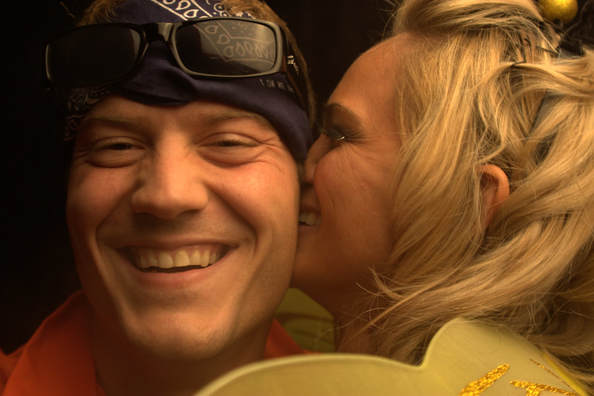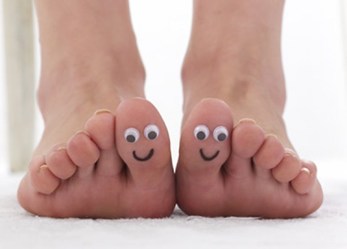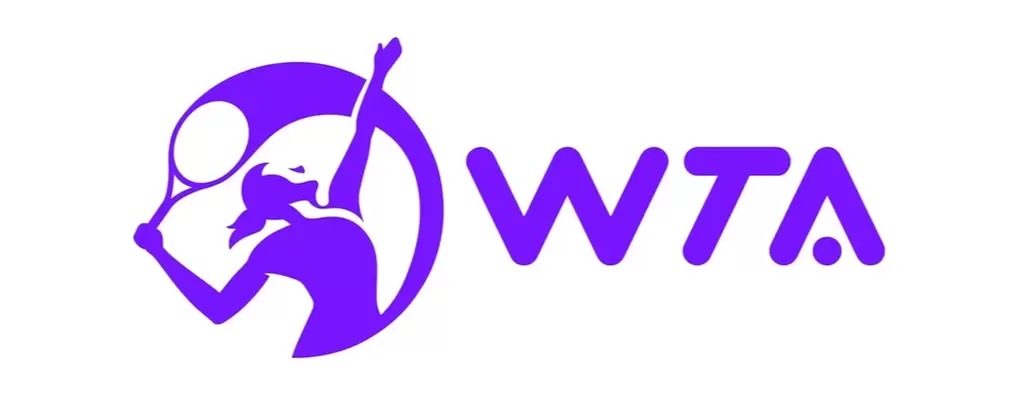 Skeptical? Studies suggest that you can use your mind to manage pain Tricks to control painIf you're in pain, you may be able to harness your thoughts to help fight it. Skeptical? Studies suggest these pain relief tools can work. "Individuals with rheumatoid arthritis can learn mind-body techniques to assist the body and mind in relaxing," says Janice M. Singles, Psy.D., of the University of Wisconsin School of Medicine and Public Health in Madison. "This generally reduces the levels of stress hormones in the body, allowing the immune system to be better able to fight off illness." Some techniques work for short term (or acute) pain, others for chronic pain. Either way, here are 6 methods to try. Meditation Meditation may be one of the most powerful tonics for pain. One 2011 study found that mindfulness meditation, which focuses on the breath, reduced pain intensity anywhere from 11% to 70% and pain unpleasantness from 20% to 93% in people who had a heat probe applied to their calves. And these study participants received only 80 minutes of training—other studies indicate that the more meditation hours the better when it comes to subverting pain. Researchers are now pinpointing specific regions of the brain that are responsible for the effect. Controlled breathing You don't have to be an expert meditator to reap the benefits of breathing. Practicing deep, diaphragmatic breathing (that's breathing from the belly rather than shallow inhaling and exhaling from the chest) can be very helpful, says Singles, who is a distinguished psychologist in orthopedics and rehabilitation at the University of Wisconsin. "This helps harness the parasympathetic nervous system, which is the quieting response, as opposed to the symptoms of arousal that happen with the pain signals themselves," she explains. Women have been using the breathing techniques of Lamaze to help manage childbirth pain for decades. Visualization If you visualize your pain as a throbbing, red mass, try to slowly shrink it or make it pink and soft. Or imagine yourself on the beach or seeing your worries melt away. "The key is knowing what kinds of things are relaxing for you and envisioning that can be helpful," says Slawsby. "Visualization can be great for arthritis patients to ease joint pain." You can imagine you're in a warm bath with hands floating on the water. "Go through the whole imagery of going into the tub, your toes, ankles, knees, hip joint, lower back, middle back, shoulders," she says. "Imagine the joints being warm and relaxed without the pressure of the regular planetary pull because you're in the water. It gives you a buoyancy." Positive thinking Not surprisingly, patients who suffer unrelenting pain can tend to have repetitive, negative thoughts, but these can serve to actually increase the pain. Try to switch to more positive thoughts and, in particular, avoid catastrophizing or imagining the worst. "Somebody's thinking is very powerful and very important to the management of pain," says Singles. One study found that cognitive behavioral therapy—which focuses on changing thought patterns—combined with a self-help manual provided relief to patients with unexplained pain, weakness, and dizziness. Writing Getting your thoughts and feelings on paper has been shown to relieve pain in many different populations. It can even enhance immune function. James W. Pennebaker, PhD, a leading researcher in the field, recommends writing before bed for a minimum of 15 minutes a day for at least three or four days. Some possible topics: Something that you are thinking or worrying about too much, something you've been avoiding, or something you think is affecting your life in an unhealthy way. Laughing The adage "laughter is the best medicine" is no joke. A pilot study conducted at UCLA found that children and adolescents who watched humorous videos while their hands were soaking in frigid water were better able to tolerate the pain. Another study attributed the effects of laughter on the release of endorphins, nature's own analgesic. Even just smiling can change your mood from bad to good and that may help make pain more bearable. By: AMANDA GARDNERApril 01, 2014  We usually don’t think about our feet. Until they hurt. We tend to take them for granted, but like other parts of our body they can get tired, overused, sore, and in need of some attention. When they start to hurt it can lead to many other problems. When your feet hurt you don’t want to do much of anything. You just want to stay off of them. Your body likes to move, though. And your brain functions better when you are active. So foot pain can quickly lead to other issues. Foot pain can cause of other pain in your body. If your foot hurts, you change the way you stand, walk, and move. Those changes affect your legs. When your legs hurt, you make more changes in what you do, which affects your hips, then your back, then your neck. Some jobs involve being on your feet most of the day. Often it is on hard floors or rough terrain. You may have a long walk from the parking lot to your job. At home we walk around to take care of our place, our family, and our belongings. We shop, stand chatting with a friend, stand in lines, and walk around doing errands. We cook, do laundry, clean and put things away. You may make multiple trips up and down stairs every day. Yard work and home maintenance keeps us on our feet as well. You may kick things out of the way or stomp your feet to let out some frustration. You may do extra walking for exercise or from an inconvenience, or run to make it somewhere on time. If you enjoy sports you use your feet to run, jump, and kick. Your feet take a real pounding since they support all your body weight along with the extra force from the exertion. For exercise or fun activities you use your feet for yoga and fitness classes, hiking, climbing, kickboxing, and dance - and hauling all of your equipment around.. Your feet have things dropped on them and they get stepped on. You step on unexpected things such as rocks, tools, or toys (Legos!). All of your leg joints are all affected by your feet. Joints are under pressure from muscles and bones pulling and twisting on them. Relieving foot pain allows your muscles and joints to be in their proper positions and with less pressure on them you feel better. We squeeze our feet into uncomfortable shoes or boots. Sometimes it may be for the sake of fashion, such as high heels. Other times work footwear is uncomfortable. Sandals may be more comfortable but they may not provide the support your feet need. Manual bodywork provides relief from Plantar Fasciitis, heel pain, and other common foot pain. Most muscles that move your foot start in your calf, so relieving foot pain can also reduce calf pain too. Your feet do a lot for you. Give them some attention so you can keep doing what you want. |
AuthorSA little from Dr. Dan, a little from Lisa but always a lot of good stuff! Archives
January 2024
Categories
All
Or
|
Your Orthopedic Wellness Clinic
Located at:
285 N Janacek Rd, Suite C
BROOKFIELD, WI
285 N Janacek Rd, Suite C
BROOKFIELD, WI
HOME TO APPROVED THERAPIST FOR:
©2022 MOMENTUM MOVEMENT CLINIC

 RSS Feed
RSS Feed





